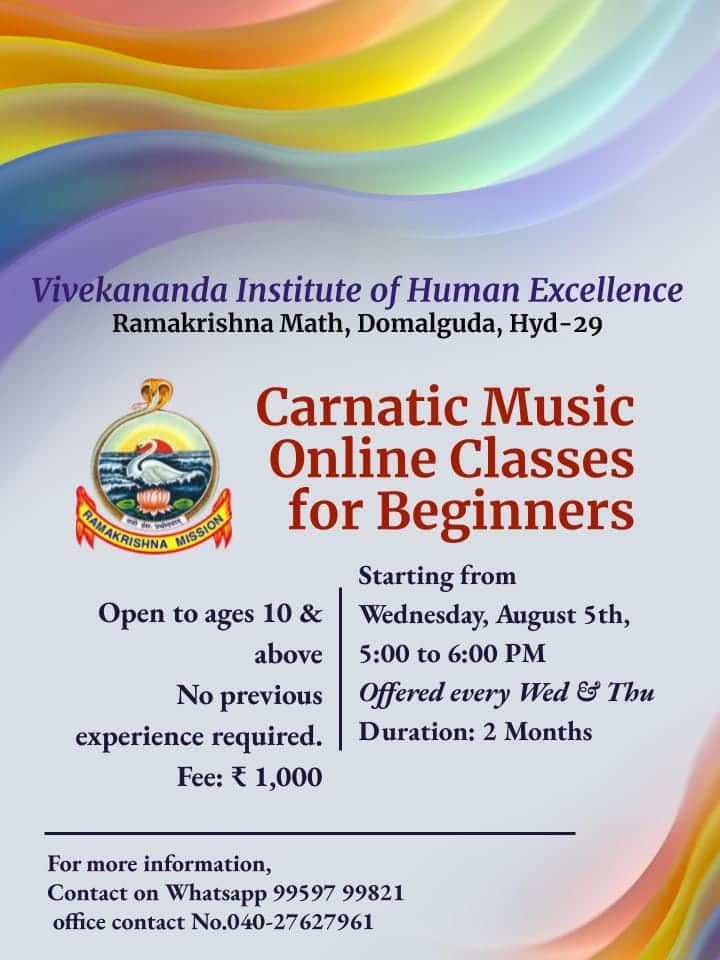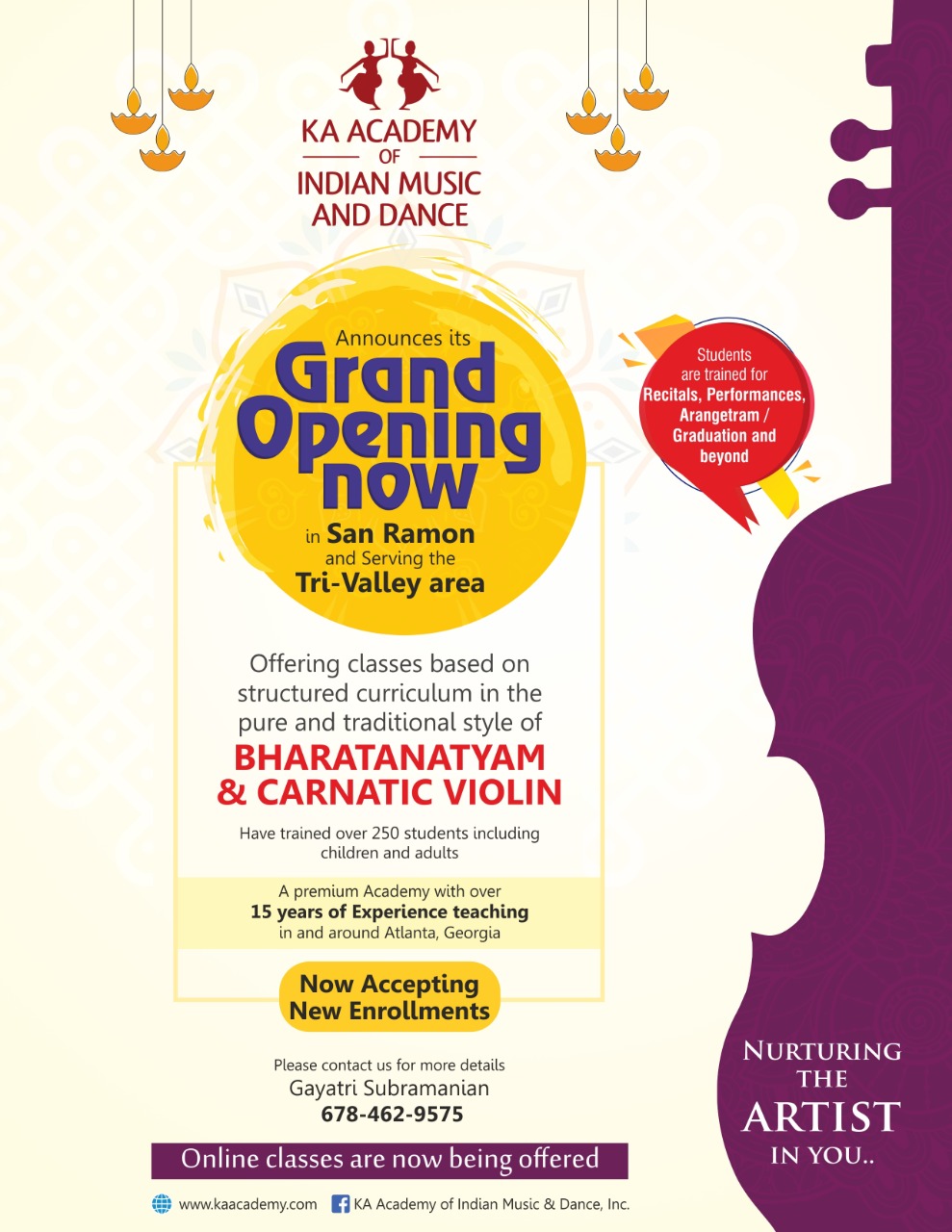



Perfecting Carnatic Music Level 2 Krithis Shankarabharanam Varnam – Saami ninne -Veenai Kuppaiyer.Devamanohari Varnam – Manchi Samayamide - Chitravina N Ravikiran.Perfecting Carnatic Music Level 2 Syllabus They are also recipients of 'The Shanmukhananda Bharat Ratna MS Subbulakshmi Fellowship' from Sri Shanmukhananda Sangeetha Sabha, Mumbai and one of the youngest recipients of 'Asthana Vidwans' title from Sringeri Sharada Peetham. Being one of the youngest recipients of 'A' grade by All India Radio (age of 18), they have performed in various prestigious organizations and festivals in the country and abroad. The brothers are on their way in creating a new dimension to the art of playing carnatic classical flute duets. Their music naturally demonstrates depth and proximity to the lyrical aspect of composition, representing the 'gayaki style' of music.

The duo is well appreciated for their innovative approach, perfect synchronization, shruthi shuddham (perfect pitching), tonal quality and the blend which makes the rasikas feel at times as if they are listening to a single flute. Heramb Hemanth have developed a unique, refined fingering and blowing technique, which enables them to switch between wide range of flutes, including the difficult bass and double-bass flutes. They started learning carnatic flute at the age of 6 under the renowned flautist, Sri Mysore AV Prakash and are currently under the tutelage of well-known carnatic vocalist, Kalaimamani Sri Neyveli Santhanagopalan. The seven basic taalam group formed by this are Dhurva taalam, Matya taalam, Rupaka taalam, Jhampa taalam, Triputa taalam, Ata taalam, Eka taalam.Heramb Hemanth, the twin brothers, affectionately called as the Flute Brothers, are two of the most sought after flautists and the only twin flute duo in the carnatic music scenario today. Taalam is formed with Laghu, Dhrtam and Anudhrtam. Taalam means the fixed time cycle to a particular composition. It specifies the scale of which notes should figure more, which note should be used more sparingly, which notes may be sung with gamaka, which phrases should be used and avoided and so on. Raagam defines a set of rules for the making of a melody. Swaram consists of seven notes, "SA-RI-GA-MA-PA-DA-NI".Their abbreciations are ShAdja,RIshaba,GAndhara,MAdhyama,PAnchama,DhAivata,NIshada. Swaram refers to a type of musical sound which is a single note. Eventhough there exist an infinite number of sounds falling within a raaga in carnatic music, the number that can be distinguished by auditory perception is twenty two. Shruthi means the musical pitch which is equivalent of tonic in western music. The important elements of carnatic music are Venkatamakhin invented and authored the formula for the melakarta system of raga classification in his Sanskrit work, the Chaturdandi Prakasika (1660 AD).Govindacharya is known for expanding the melakarta system into the sampoorna raga scheme – the system that is in common use today. By the 16th and 17th centuries, there was a clear demarcation between Carnatic and Hindustani music.Purandara Dasa, who is known as the father (Pithamahan) of Carnatic Music, formulated the system that is commonly used for the teaching of Carnatic music.


 0 kommentar(er)
0 kommentar(er)
